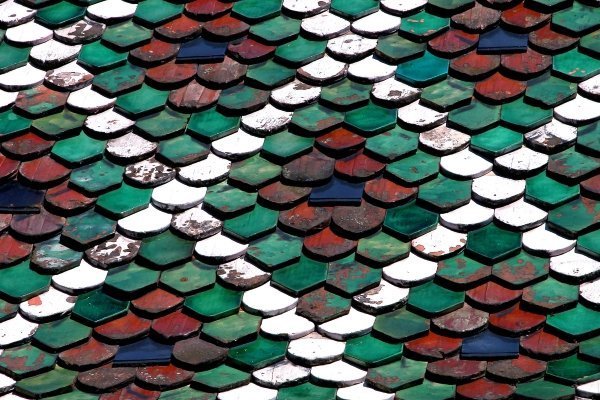
What are the different types of roofs? It's an important question especially if you're about to build a new property.
The roof is the final and most durable part of your home. Like the walls of your property, they protect you from outside forces especially extreme weather.
Having knowledge of the right roofing material for your home is cost effective. Consequently, you invest in durable, long-lasting material suitable for the aesthetics of your property.
Know all about the different types of residential and commercial roofing materials here.
One of the most common roofing materials that you won't need to ask "what are the different types of roofs?"
Asphalt shingles are known as the "three-tab shingles." Manufactured in threes, asphalt shingles are easy for contractors to layer and install. In addition, the three-tab manufacturing improves their no-leak barrier.
Aesthetically, they appear like brick walls or facades in design. Most property owners find them cost-effective due to their durability. Indeed, asphalt is the same material used to build highways, flyovers, and bridges. This gives them the capability to resist extreme weather and even hailstorms.
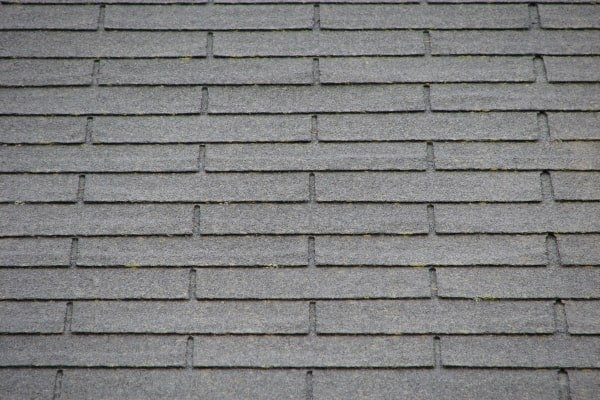
In the early 16th century, masons built clay tiles in the same manner potters created clay pots. Using a mold to manufacture them row by row, the round shingle shape of the clay tiles will give any property a medieval look. In consequence, it increases curb appeal immensely.
Today's manufacturers build clay tiles with a hybrid of reinforcing materials including asphalt and slate. However, clay still makes up the majority of the compound. In consequence, property owners receive the aesthetics of clay including the durability the compound introduces.
Masons used fireproof stones called slates in the early centuries to create a different assortment of tiles. However, the limited malleability of the material only allowed them to create a scale-like tile. In this light, slate tiles introduced a fish scale-like roofing texture for a home.
Manufacturers now introduce reinforcing additives to slate tiles to reinforce its strength. They also come in different colors to suit the aesthetic of any property. A major selling factor of slate tiles aside from its aesthetic is its fire-retarding capabilities.
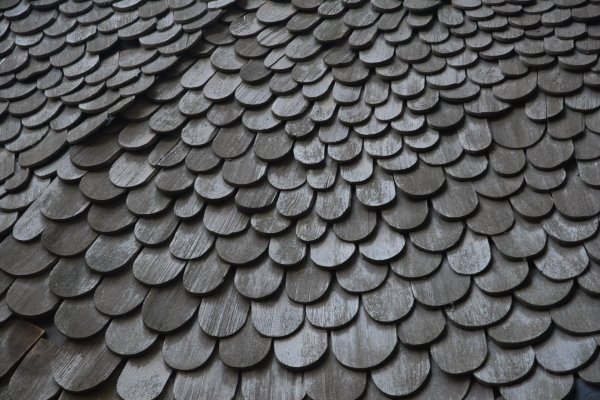
Somewhat an uncommon roofing material that may merit as an answer to "what are the different types of roofs?"
Residential properties centuries ago needed an easier-to-produce roofing material for their properties. In turn, this idea brought forward wood shake shingles. Manufacturers sew together these wood shakes giving them a three-tab shingle appearance.
Instead of appearing like bricks, wood shakes appear grainy and bright. Their lightness and rapid heat dissipation brings better insulation to any property. Today's manufacturers use various assortments of wood. In fact, some provide protective coating to improve the lifespan and durability of the wood shakes.
Cedar shakes are similar to wood shakes. However, these appear handmade. Settlements in the past used axe-cut cedar wood as shingles. In turn, this gave their homes a sophisticated, luxurious, yet grainy and bright roof.
These wood shake variants come in different colors. Majority of cedar and wood shake manufacturers use only natural cedar and wood sources for their roofing materials. In addition, most of them cut each shake in random widths to recreate an "old-world" feel to the roofing materials.
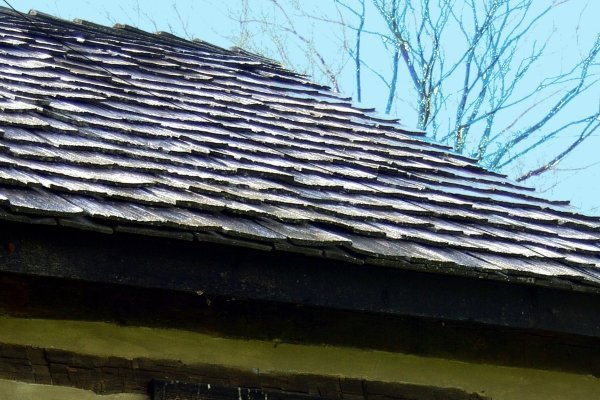
Metal roofing materials are expensive. However, their durability and lifespan makes them excellent investments even for residential homes. Most metal roofs are made from stainless steel.
However, properties looking for better options will find aluminum as an excellent choice. In fact, contractors find them excellent to use in high-salt air environments. For example, a beach house will find aluminum roofs efficient because of their non-corrosive capability.
Property owners highly prefer metal roofs despite their noise during rains due to their lifespan of 50-75 years.
Famously used during the 50s onwards, tar & gravel roofs are efficient. Indeed, the tar-caked layers of leakproof and durable material are durable. It will resist heavy rains, snow, and even multiple hailstorms.
However, if you ask what are the different types of roofs capable of using light materials, tar & gravel isn't what you're looking for.
They are quite heavy. In fact, roofing contractors will ask to build additional roofing joists. However, they have a lifespan of 35-50 years.
Known famously as TPO roofs, they are reinforced rubber roofs with fire-retarding capabilities. If you asked contractors what are the different types of roofs for garages, sheds, and commercial properties, they will likely recommend this material.
TPO is a synthetic single-ply membrane. If installed effectively, they can last up to 40 years. In addition, they come in varying colors to suit the aesthetic appeal of any residential or commercial property.
Most commercial property owners with heavy rooftop equipment favor TPO roofs for their weight-carrying capability and durability.
PVC roofs use the same material PVC piping manufacturers use for durable and long-lasting water systems. However, PVC roofing manufacturers follow different standards when it comes to manufacturing polyvinyl chloride roofs.
PVC roofs are flexible yet sturdy enough to handle several HVAC units. Roofing contractors often recommend them for commercial property use. In addition, they have different colors. They are also UV resistant and introduce excellent insulation for any property if property installed.
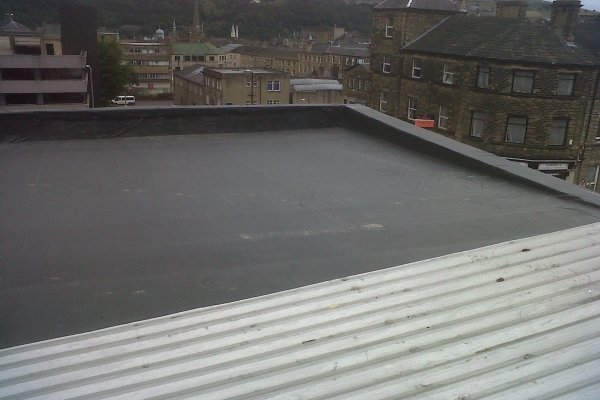
This roof is the number one recommendation of any roofing contractor when asked about what are the different types of roofs with a considerable price tag.
EPDM roofs are known commonly as rubber roofs. They are made of recycled tires and sturdy rubber sources, slate dust, and sawdust. The compound is molded into a single-ply membrane capable of withstanding the strongest hailstorms, rains, and snow.
Property owners find them an excellent solution for utilitarian purposes. However, they introduce the least curb appeal because they only come in black.
Now that you know what are the different types of roofs, you can make the best decision for the roofing material of your home.
However, make sure that you only use the most reliable Denver CO roofers in your area. When it comes to installing, repairing, and replacing these roofing materials, you can count on Roper Roofing. Most of these roofing materials require excellent installation to help you maximize their lifespan, durability, and warranties, and we make sure you